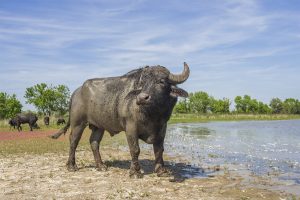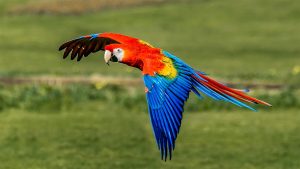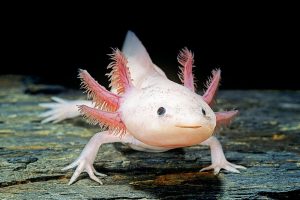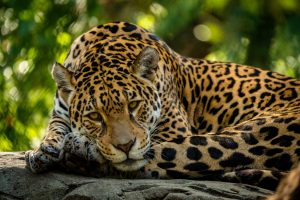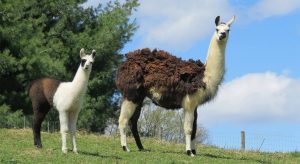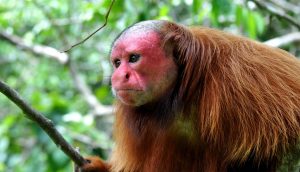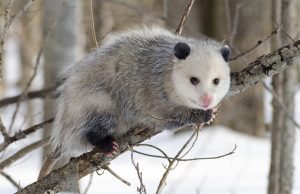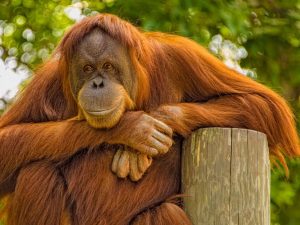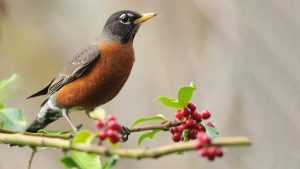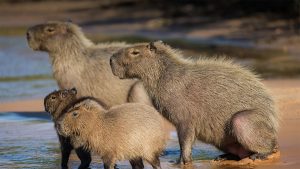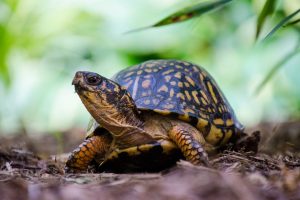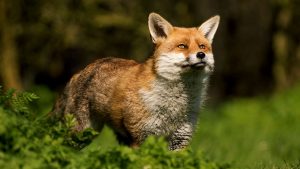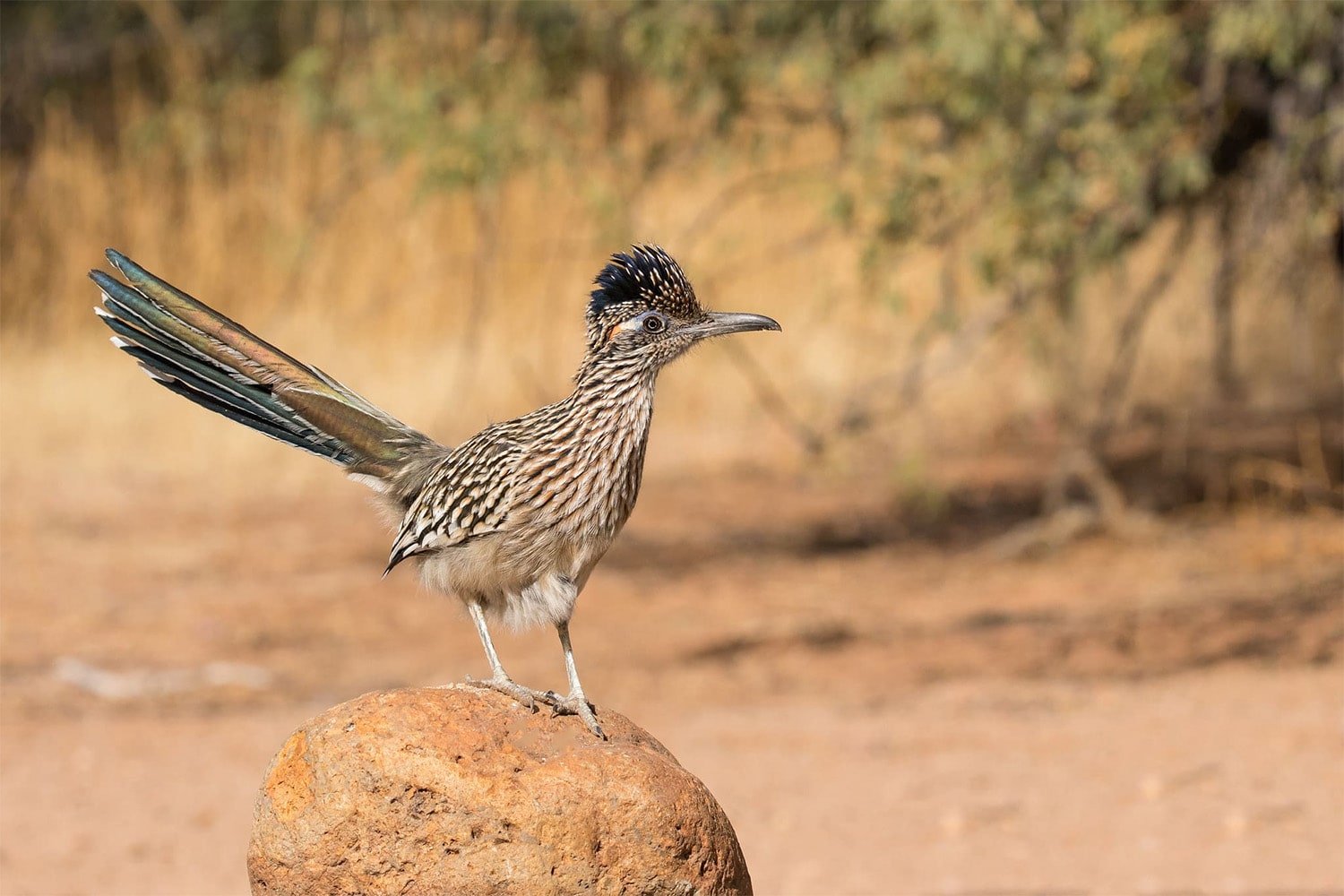
32 interesting facts about roadrunners
- 👁️ 1142
Roadrunners, those iconic birds of the American Southwest, are as fascinating as they are unique. Known for their incredible speed, distinctive appearance, and quirky behaviors, roadrunners have captivated people’s imaginations for generations. They belong to the cuckoo family and are well-adapted to desert life, showcasing a variety of interesting adaptations that help them thrive in such an environment. Despite being ground birds, they are capable flyers and have a diet that varies from insects to small reptiles. Here are 32 interesting and informative facts about roadrunners that highlight their uniqueness and importance in their ecosystems.
- There are two species of roadrunner: the Greater Roadrunner (Geococcyx californianus) and the Lesser Roadrunner (Geococcyx velox).
- The Greater Roadrunner, the more commonly known species, can be found in the southwestern United States and Mexico.
- Roadrunners are capable of speeds up to 20 miles per hour (32 km/h), making them the fastest running birds that are capable of flight.
- Despite their speed, roadrunners are also capable of flying but prefer to stay on the ground.
- Their diet is carnivorous, feeding on insects, lizards, small mammals, birds, and snakes.
- Roadrunners are famous for their ability to kill and eat rattlesnakes.
- They have a distinctive crest of feathers on their head that can be raised or lowered.
- The roadrunner’s zygodactyl feet (two toes facing forward and two backward) help it run at high speeds and maneuver quickly.
- Roadrunners mate for life and are monogamous.
- During courtship, male roadrunners offer food to females and perform a dance that includes wing-flapping and bowing.
- They can increase their body temperature to adapt to cold mornings and lower it during the heat of the day.
- Roadrunners are known to use their wings to help them balance and make sharp turns while running.
- The Greater Roadrunner’s call is a series of low, dove-like coos.
- Roadrunners nest on the ground or in low bushes and cacti.
- They are known to take dust baths to maintain their feathers.
- Roadrunners are opportunistic feeders and have also been observed eating fruits and seeds.
- The presence of roadrunners indicates a healthy ecosystem, as they control pest populations.
- They have a unique gland near their eyes for excreting excess salt, as they consume many salty creatures.
- Roadrunners are diurnal, meaning they are active during the day and rest at night.
- In colder weather, roadrunners will sunbathe to warm up, orienting their bodies towards the sun.
- Roadrunner tracks can often be seen in the sand or dust, with the X-shaped footprint being quite distinctive.
- They lay between 2 to 6 eggs, which are incubated by both parents.
- The lifespan of a roadrunner in the wild is about 7 to 8 years.
- Roadrunners have been known to use sidewalks and roads to help them outrun predators.
- They are solitary birds except during the breeding season or when raising their young.
- Roadrunners can leap vertically into the air to catch hummingbirds and dragonflies.
- Their long tail feathers are used for steering while running and for balance during sudden stops.
- The Greater Roadrunner is the state bird of New Mexico.
- In Native American folklore, roadrunners are often depicted as tricksters or as spirits that protect against evil.
- Roadrunners’ body temperature can fluctuate by as much as 6 degrees Celsius to conserve energy.
- They sometimes place their nests in the vicinity of human habitation for protection against predators.
- Roadrunners have inspired numerous cultural references, most famously in the Looney Tunes cartoons.
Roadrunners are remarkable birds that exhibit a combination of speed, agility, and adaptability. Their unique behaviors and physical adaptations make them well-suited to life in the desert, where they play an important role in controlling pest populations and maintaining ecological balance. These intriguing creatures remind us of the beauty and diversity of wildlife in arid environments, and their presence is a testament to the complex web of life that thrives in seemingly inhospitable places. As we continue to learn about roadrunners, we gain a deeper appreciation for the natural world and the importance of preserving the habitats that sustain such fascinating species.
